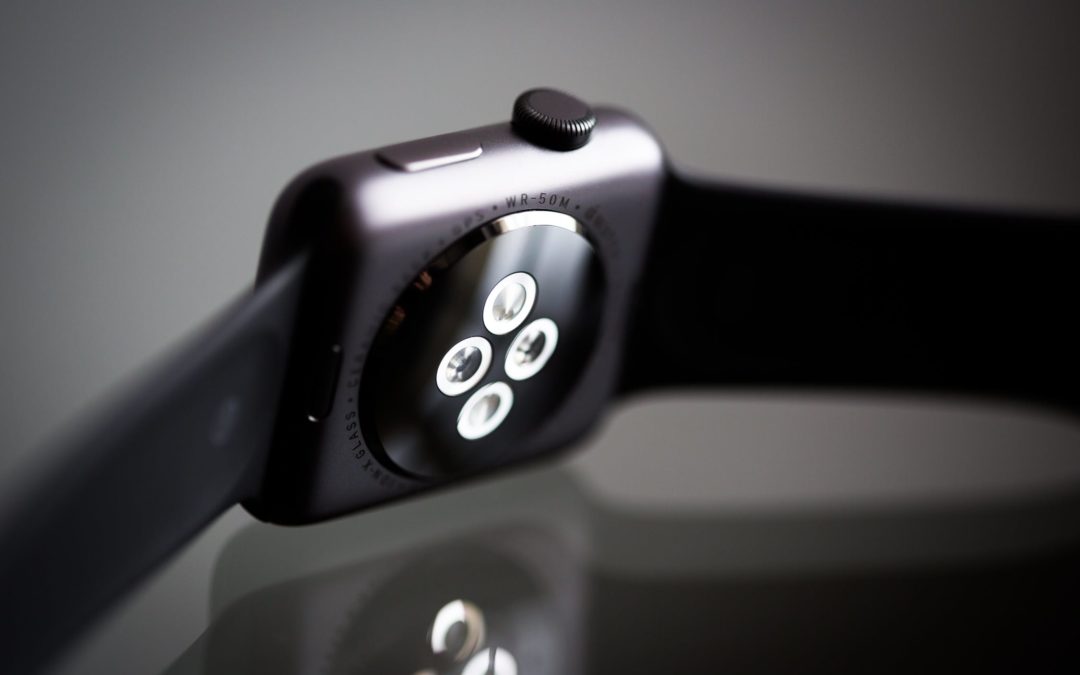Article Source: Proceedings of the National Academy of Sciences of the United States of America (PNAS)
Article Link: https://www.pnas.org/content/117/1/205
Significance
Point-of-care thermal management (e.g., joule heating, passive cooling) shows promising applications in body temperature regulations, which can improve human comfort and reduce energy consumption. On-skin electronics with joule-heating elements have been reported. However, the research of making on-skin electronics with passive-cooling functionalities is still rare.
By using multiscale porous polystyrene-block-poly(ethylene-ran-butylene)-block-polystyrene as supporting substrates, multifunctional on-skin electronics with outstanding passive-cooling capabilities have been developed, delivering around 6 °C cooling effects under a solar intensity of 840 W⋅m−2. Other desired properties, rooted in porous SEBS substrates, include high breathability and outstanding waterproofing. In addition, a variety of bioelectronic devices are made on porous SEBS substrates via spray printing of silver nanowires (Ag NWs). The enabled devices demonstrate high performance and are recyclable.
Abstract
In addition to mechanical compliance, achieving the full potential of on-skin electronics needs the introduction of other features. For example, substantial progress has been achieved in creating biodegradable, self-healing, or breathable, on-skin electronics. However, the research of making on-skin electronics with passive-cooling capabilities, which can reduce energy consumption and improve user comfort, is still rare. Herein, we report the development of multifunctional on-skin electronics, which can passively cool human bodies without needing any energy consumption.
This property is inherited from multiscale porous polystyrene-block-poly(ethylene-ran-butylene)-block-polystyrene (SEBS) supporting substrates. The multiscale pores of SEBS substrates, with characteristic sizes ranging from around 0.2 to 7 µm, can effectively backscatter sunlight to minimize heat absorption but are too small to reflect human-body midinfrared radiation to retain heat dissipation, thereby delivering around 6 °C cooling effects under a solar intensity of 840 W⋅m−2. Other desired properties, rooted in multiscale porous SEBS substrates, include high breathability and outstanding waterproofing.
The proof-of-concept bioelectronic devices include electrophysiological sensors, temperature sensors, hydration sensors, pressure sensors, and electrical stimulators, which are made via spray printing of silver nanowires on multiscale porous SEBS substrates. The devices show comparable electrical performances with conventional, rigid, nonporous ones. Also, their applications in cuffless blood pressure measurement, interactive virtual reality, and human–machine interface are demonstrated. Notably, the enabled on-skin devices are dissolvable in several organic solvents and can be recycled to reduce electronic waste and manufacturing cost. Such on-skin electronics can serve as the basis for future multifunctional smart textiles with passive-cooling functionalities.

